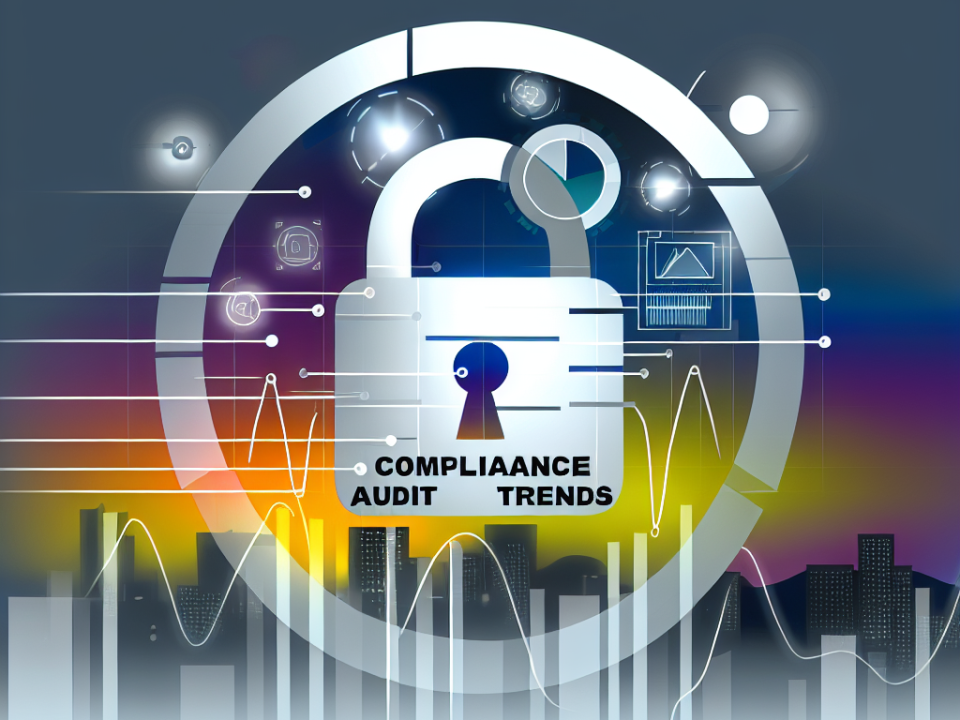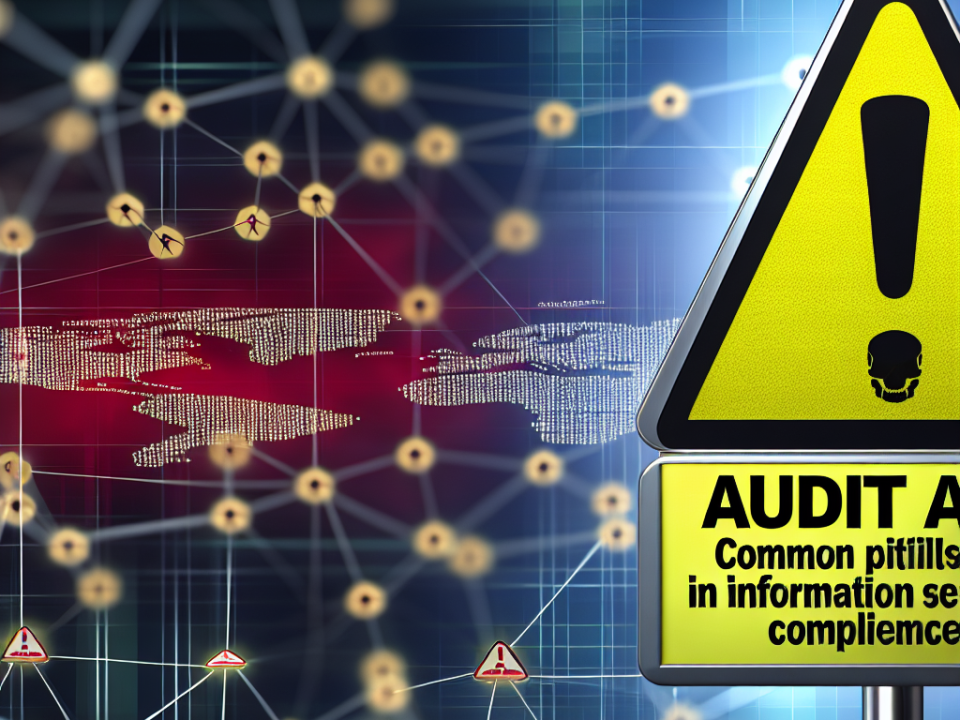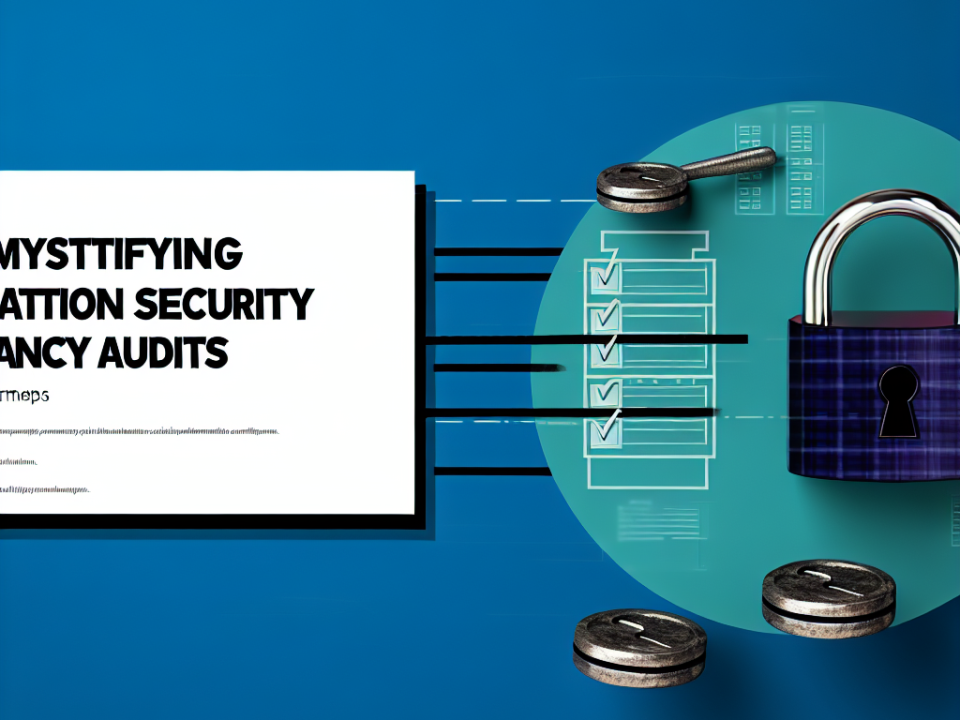
How vCISOs Are Redefining Cybersecurity Strategy for Small and Medium Enterprises
August 9, 2025
The Future of Cybersecurity Leadership: Exploring the vCISO Trend
August 10, 2025
In today’s hyper-connected world, the landscape of cybersecurity is constantly evolving. As businesses, governments, and individuals become increasingly reliant on digital technologies, the threats that emerge pose significant risks to sensitive data, infrastructure, and national security. This article explores some of the most pressing cybersecurity threats today and the corresponding regulatory responses that aim to mitigate these risks.
Emerging Cybersecurity Threats
1. Ransomware Attacks
Ransomware remains one of the most alarming threats in the cybersecurity domain. Attackers encrypt critical data in organizations, demanding ransom payments for decryption keys. High-profile incidents, such as the Colonial Pipeline attack in 2021, have illustrated the potential for widespread disruption. According to cybersecurity firm Emsisoft, ransomware costs businesses billions annually, highlighting the urgent need for effective defenses.
2. Supply Chain Vulnerabilities
In an era of globalization, supply chain vulnerabilities have become a significant concern. Attackers exploit weaknesses in third-party vendors to gain access to larger networks. The SolarWinds breach is a prime example, where hackers compromised software updates to infiltrate major organizations, including U.S. government agencies. This incident underscored the importance of securing not just direct systems but also the ecosystem of vendors and supply chains.
3. Phishing Attacks
Phishing attacks continue to be a pervasive threat, with cybercriminals employing increasingly sophisticated techniques to deceive individuals into revealing sensitive information. High-profile phishing scams targeting employees with fake emails can lead to devastating breaches. A report by Proofpoint indicated that 83% of organizations experienced a phishing attack in 2020, emphasizing the need for employee training and robust email security measures.
4. Insider Threats
Insider threats are particularly challenging to detect and mitigate, as they originate from within an organization. Malicious insiders may intentionally cause harm, while unintentional threats can arise from negligence or lack of awareness. According to a report from the Ponemon Institute, insider threats cost organizations an average of $11.45 million annually, necessitating stronger internal controls and monitoring.
5. IoT Vulnerabilities
The proliferation of Internet of Things (IoT) devices introduces new security challenges. Many of these devices are not designed with security in mind, making them prime targets for attackers seeking to infiltrate networks. The Mirai botnet attack, which exploited IoT devices to launch large-scale DDoS attacks, demonstrated the critical vulnerabilities present in this expanding sector.
Regulatory Responses
As the threat landscape evolves, governments and regulatory bodies worldwide are responding with new frameworks and policies to bolster cybersecurity:
1. General Data Protection Regulation (GDPR)
Enacted in 2018, GDPR is designed to protect personal data and privacy for individuals within the European Union. It imposes strict requirements on organizations regarding data handling, consent, and breach notifications, establishing significant penalties for non-compliance. This regulation encourages organizations to adopt more robust cybersecurity practices.
2. The Cybersecurity Information Sharing Act (CISA)
Passed in the United States in 2015, CISA encourages the sharing of cybersecurity threat information between the government and private sector. By fostering collaboration, CISA aims to enhance the collective defense against cyber threats, enabling quicker responses and more informed decision-making.
3. The Cybersecurity and Infrastructure Security Agency (CISA)
CISA, established in 2018, focuses on protecting the nation’s critical infrastructure from cyber threats. It provides resources, best practices, and guidance to organizations on enhancing their cybersecurity postures, underscoring the importance of prevention in the face of emerging threats.
4. State-Level Data Breach Notification Laws
Many states have implemented their own data breach notification laws requiring organizations to notify affected individuals in the event of a data breach. These laws aim to promote transparency and accountability, pushing organizations to invest in stronger data protection measures.
5. National Cybersecurity Strategy
Countries worldwide are developing national cybersecurity strategies to address their unique threats and vulnerabilities. These strategies typically encompass a wide range of initiatives, from improving public-private collaboration to bolstering workforce training, thus ensuring a comprehensive approach to cybersecurity.
Conclusion
Emerging cyber threats pose significant challenges in an increasingly digital world. However, the evolution of regulatory responses indicates a commitment from governments and organizations worldwide to strengthen cybersecurity measures. By fostering collaboration and promoting robust compliance frameworks, it’s possible to create a more resilient digital environment. Continued vigilance, innovation, and adaptation will be essential as the cybersecurity landscape evolves, ensuring that we are prepared for the threats of tomorrow.







